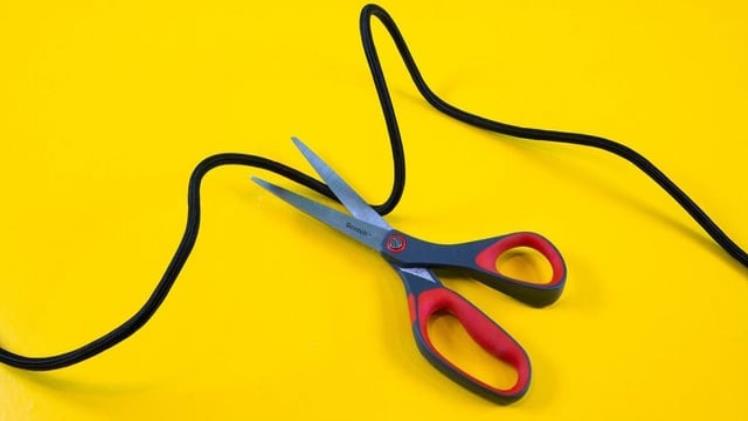The evolution of streaming services in recent years has altered how we consume content. Given the simplicity with which we can access a diverse assortment of films, TV programmes, and original material, it’s no wonder that streaming services have risen in popularity in recent years. One of these services’ key selling points has been their cheap cost in comparison to traditional cable TV, which is a significant one. Nowadays, you may cut the cord totally and rely exclusively on the greatest streaming services, such as Hulu, Disney Plus, or YouTube TV. You can also continue to use satellite or cable TV as your primary source while simultaneously subscribing to a few streaming services. You may also watch all of your favourite shows on cable TV.
If we calculate the cost of Netflix, YouTube TV and other streaming services is really less expensive than paying for cable.
Nowadays, people are interested in what is cheaper for them as after Covid-19, the world has changed a lot. People know the worth of their earnings and tend to spend them on something suitable. However, the issue remains: Are streaming platforms less expensive than cable television?
Let’s crunch the figures and look at the exact cost of both solutions and then make your decision.
Streaming Platforms vs. Cable TV (Quick Overview)
- The Cost Factor
- Traditional Pricing Models for Cable TV
- Subscription fees are charged every month.
- Fees and expenses for additional equipment
- Premium channels and bundled packages
-
Pricing Options for Streaming Platforms
- Models based on subscriptions
- Free trial with advertisements
- Various tiers and add-ons
-
Content Library Evaluation
- Cable TV Channel Selection and On-Demand Content Channel bundles
- There are few on-demand possibilities.
- pay-per-view and premium networks
-
Streaming Platforms: A Wide Range of Original Content
- Large library with a wide range of genres
- Exclusive original programs Content discovery flexibility
III. Invisible Costs: Installation and Equipment
- Installation and Equipment Fees for Cable TV
- Fees for professional installation
- Set-top boxes and DVRs have monthly rental costs.
-
Streaming Platforms: Low Initial Investment
- There are no installation costs.
- Compatibility with a variety of devices
- Extra Costs: Internet Service Requirements
- Cable TV: Combining Internet and TV Packages
- Internet charges are included in cable bundles.
- Internet service providers have few options.
-
Streaming Platforms: Internet Access is Required
- A dependable internet connection is required.
- Higher internet speeds may be required.
- Flexibility and Customizability
- Cable TV: Limited Channel Control
- Channel bundles that have been predefined
- Problems adding or deleting channels
-
Streaming Platforms
- A more customised experience
- Worldwide famous
Which one works best for you?
If you want to cut costs and watch Hulu in your preferred country, you can use a VPN to watch Hulu in Spain or any other place you want. One of the simplest things you can do is sign up for the cheapest web subscription and acquire a VPN membership. You have completed your task. Now you can watch your choice, whether it’s your favorite show on Hulu or any other movie you could not watch because of the geo-restriction implied by Hulu.
Does a Cable TV Subscription benefit computer TV?
Here comes the fact that with a cable TV subscription, you can easily access local news, live sports activities, and community show as they air is a trade-off that some viewers are unwilling to make. However, streaming services provide some, but not all, of these options in a single package deal with a single media participant. Another advantage is that you can save a few dollars if you bundle all of your services with a phone plan which is a good idea for spending money.
How the Comparison Works
When we compare the cost-effectiveness of streaming platforms to traditional cable TV, it is evident that streaming platforms provide considerable advantages that a streamer would love to have. Regarding cost, streaming platforms provide various options, including subscription-based models, free tiers, and customizable plans to accommodate a variety of budgets and plans. You can select a program according to your need and demands. The enormous assortment of material and exclusive original programs accessible on streaming platforms further enhances the consumer experience.
Furthermore, cable TV’s hidden expenditures, such as installation fees and equipment leases, can dramatically increase costs. On the other hand, streaming platforms have low setup costs and are interoperable with a wide range of devices, providing flexibility and ease.
Conclusion
It is vital to note, however, that streaming platforms require a stable internet connection, which may experience additional costs for faster internet speeds. However, the internet services availability and affordability have become a standard requirement for most households for streaming their favourite shows.
The choice between cable TV and streaming platforms ultimately comes to personal preferences and priorities. While cable TV remains popular among people who want traditional channel packages and live programming, streaming services provide a more cost-effective, personalised, and accessible method to access a wide range of content.

